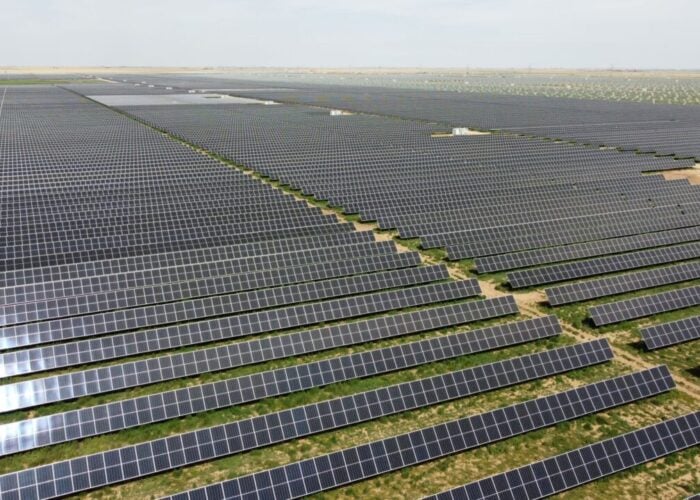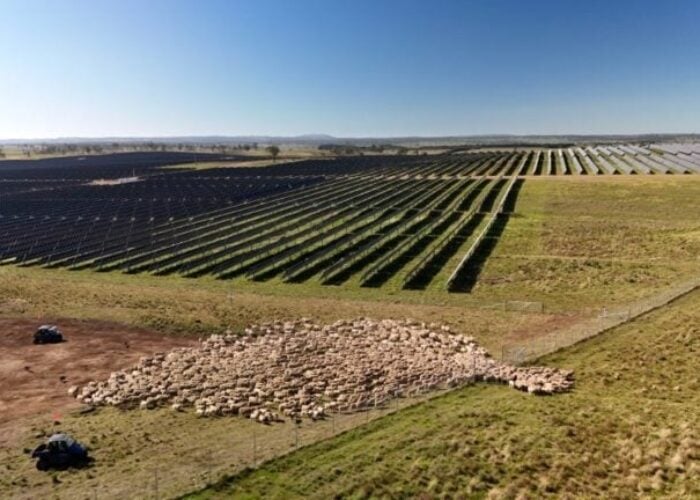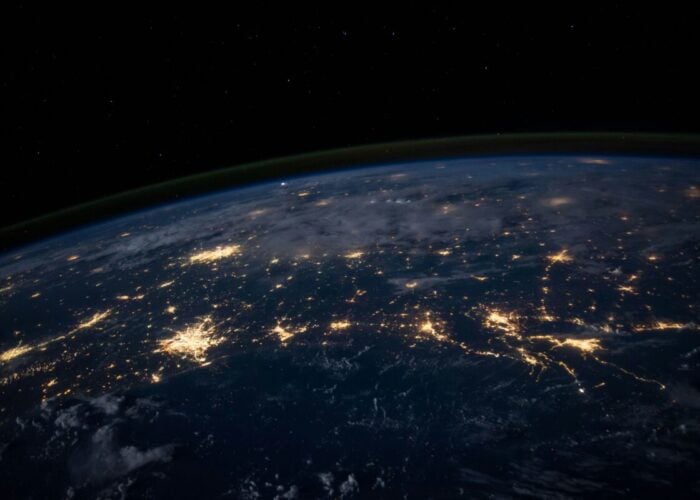
Renewables investment firm Copenhagen Infrastructure Partners (CIP) has been named by the Australian Renewable Energy Agency (ARENA) as the first recipient of the Hydrogen Headstart Program for a 1.5GW project in Western Australia.
Under the first round of the programme, CIP will receive AU$814 million (US$510 million) to support the first stage of the Murchison Green Hydrogen Project. Stage one will feature 1,200MW of solar PV, 1,700MW of onshore wind, and a 600MW/1,200MWh (2-hour duration) battery energy storage system (BESS).
Unlock unlimited access for 12 whole months of distinctive global analysis
Photovoltaics International is now included.
- Regular insight and analysis of the industry’s biggest developments
- In-depth interviews with the industry’s leading figures
- Unlimited digital access to the PV Tech Power journal catalogue
- Unlimited digital access to the Photovoltaics International journal catalogue
- Access to more than 1,000 technical papers
- Discounts on Solar Media’s portfolio of events, in-person and virtual
Or continue reading this article for free
These technologies will help the Murchison project become a major producer and exporter of both green hydrogen and its derivative, green ammonia. The site will include up to 1.5GW of electrolysis and produce 3,600 tonnes per day of ammonia. Annually, CIP expects the site to produce 1.8 million tonnes of ammonia.
The Hydrogen Headstart recipient must now satisfy several development conditions and achieve commercial operations before the funding is released. Funding under the programme will be based on production volumes over a 10-year operating period.
ARENA CEO Darren Miller believes the financial aid granted by the organisation will help CIP overcome the costs of hydrogen and ammonia production, helping to steer the country into a renewable energy superpower. High costs have been named as the reason players such as Australian utility Origin Energy have withdrawn from the hydrogen market.
“The Hydrogen Headstart Program commits funding to bridge the current commercial gap in the form of a production credit, meaning funding is only provided once projects are constructed and operational,” Miller said.
“Enabling hydrogen projects through Hydrogen Headstart is essential to ensure our economic prosperity as the world transitions to cleaner forms of energy, especially in hard-to-abate sectors such as ammonia, iron and alumina.”
The project will be situated in the Mid-West region of Western Australia, approximately 15 km north of the coastal town of Kalbarri. With access to port facilities, the renewable ammonia produced from Murchison could be exported to international markets such as Japan, the Republic of Korea, Singapore or Europe. Water for the project will come from a new desalination plant.
Karsten Uhd Plauborg, partner at Copenhagen Infrastructure Partners, said the project exhibits the potential of Australia’s renewable energy resources to create clean fuels and commodities for international markets.
“We see significant potential in green hydrogen and projects such as Murchison Green Hydrogen are key for countries and industries to take the next step within decarbonisation and achieving energy independence. We look forward to continuing to work with government, the Nanda People and community to progress the project and deliver value for the region,” Plauborg said.
Australia’s eyes hydrogen export opportunity
The Australian government has made no secret of its ambitions regarding hydrogen and how the country could leverage its cat’s renewable energy resources to produce the clean energy carrier and export it to lucrative future markets such as Europe, the US, and Asia. This has been cemented via the country’s updated 2024 version of its National Hydrogen Strategy.
The strategy states that the global hydrogen market is forecast to reach US$1.4 trillion in 2050, and that Australia is well-placed for export and manufacturing opportunities.
A key inclusion within Australia’s updated hydrogen strategy is the decision to implement a 2030 hydrogen export target, which it hopes will “provide a strong signal of Australia’s intention to continue supplying energy to the global market”.
Indeed, Australia aims to hit a base export target of 0.2 million tonnes of green hydrogen per year by 2030, with a stretch potential of 1.2 million tonnes per year. The strategy matches some of Australia’s key trade partners already with 2030 hydrogen targets.
Several key developments have occurred in recent years within the Australian hydrogen market, aided by the right incentives for international investment. For instance, in 2022, energy major BP confirmed it would acquire a 40.5% stake in and become the operator of a green hydrogen project in Western Australia that could feature up to 26GW of solar and wind when complete.
Australian mining giant Fortescue Metals Group, an international advocate for hydrogen, started developing a US$50 million project in Western Australia last year. The project aims to harness solar PV to produce green hydrogen, which will be used to create green metals.
Aboriginal communities could also benefit from hydrogen, with the Aboriginal Clean Energy Partnership having reached agreements in July 2023 to develop a green hydrogen production facility in Western Australia powered by a 900MW solar PV plant.







